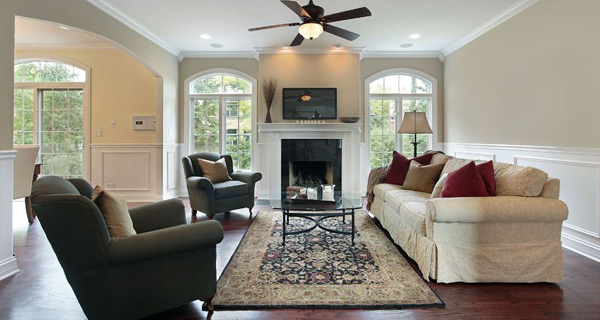June 2, 2015
 One common type of question we are often asked about FHA loan occupancy rules involves situations where the borrower wants to purchase the home for his or her primary residence, but may be gone for extended periods of time because of job-related travel.
One common type of question we are often asked about FHA loan occupancy rules involves situations where the borrower wants to purchase the home for his or her primary residence, but may be gone for extended periods of time because of job-related travel.
Some borrowers want to know if the FHA loan rules on occupancy specify a number of calendar days per year of occupancy, or if a spouse and children can fulfill the borrower’s occupancy requirement in his/her absence.
FHA loan rules found in HUD 4155.1 Chapter Four Section B simply states, “A principal residence is a property that will be occupied by the borrower for the majority of the calendar year.” It may be at the lender’s discretion to determine what the minimum occupancy for the borrower might be depending on lender standards, but the FHA does clarify one part of this issue in Chapter Four by stating:
“At least one borrower must occupy the property and sign the security instrument and the mortgage note in order for the property to be considered owner-occupied.
FHA security instruments require a borrower to establish bona fide occupancy in a home as the borrowers principal residence within 60 days of signing the security instrument, with continued occupancy for at least one year.”
The issue that complicates this reader question is whether or not community property laws have a say in the status of the home loan between two legally married spouses. If spouses apply for the loan together, and one spouse occupies the residence the majority of the calendar year, it would seem that the FHA requirements in Chapter Four are satisfied. If state law has a say in the transaction in this way, state law would be the prevailing guidance.
So it’s possible that a borrower in this situation may need to have a more detailed conversation with the lender, or may wish to consider adding the spouse as a co-borrower.
Do you have questions about FHA loans or refinance loans? Ask us in the comments section.

